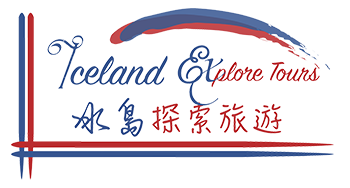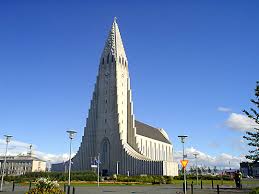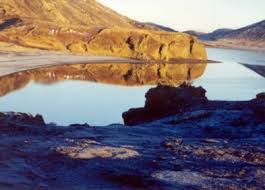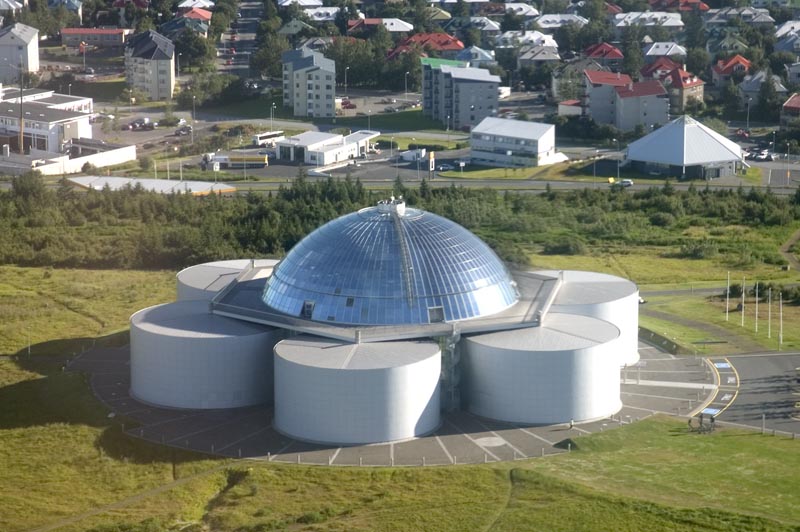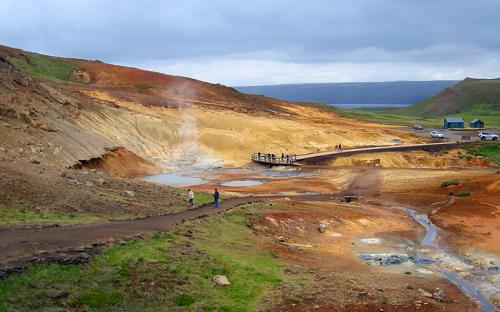Overview:
This tour will take you to one of the most popular attractions in the capital of Iceland: Hallgrímskirkja Church, Harpa Concert Hall, City Hall, the pond of Reykjavík, the Pearl, Höfði House, the Sun Voyage and more. We will tell you interesting stories and fun facts about the buildings so that you will have a good understanding of the history and culture of Reykjavík.
Reykjavík City Tour Plus
This tour is the above-mentioned tour plus Krýsuvík Geothermal Area and Kleifavatn Lake.
Krýsuvík is one of the most striking landscapes in Iceland situated in the middle of the fissure zone on the Mid-Atlantic Ridge. At Krýsuvík, dramatic red, green, and yellow colored hills frame an expanse of steaming volcanic vents and boiling hot springs. Sulphur deposits were mined in 1722 – 1728 and in the 19th century. A well-maintained boardwalk winds through the bubbling and hissing field and information signage explains the geology of the geothermal area. Strong hikers can climb to the massive steaming vent (solfatara) at the top of the hill for a spectacular view of the ocean, the fields and the lakes.
Kleifarvatn Lake measures around 10 km2 in area, and as such is the largest lake on the Reykjanes peninsula. It is situated between Sveifluháls in the west and Vatnshlíðar in the east. A limited amount of water runs into the lake, and there is no visible surface drainage. The surface water level in the lake changes in pace with the local ground water level, which has varied by almost 4 meters in the space of a few decades. Trout fry were introduced into the lake around 1960, and fish thrives reasonably well in the water. A monster resembling a huge serpent, as large as a whale, has reportedly been sighted in the lake. It generally remains above the surface of the water for two minutes at a time.
